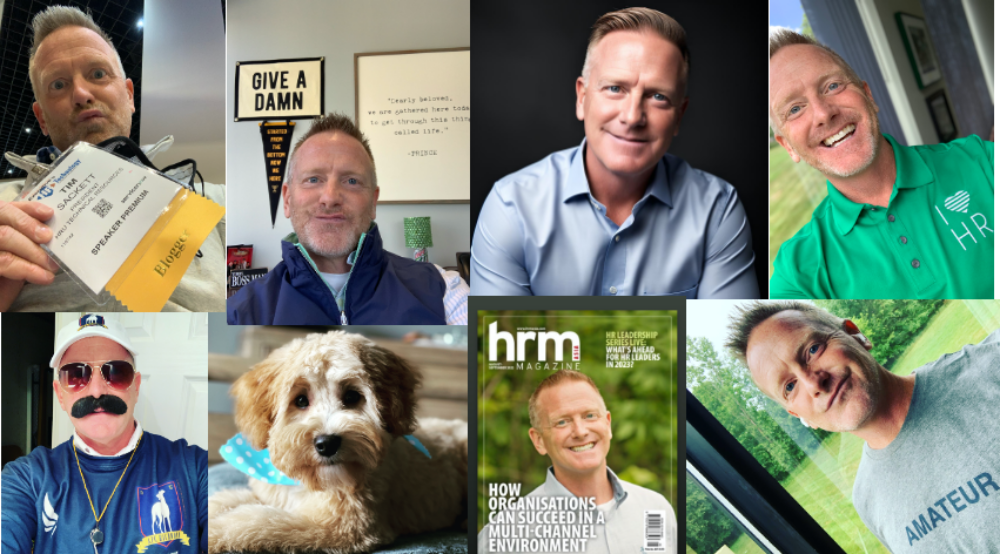T3 – Talent Tech Tuesday – is a weekly series here at The Project to educate and inform everyone who stops by on a daily/weekly basis on some great recruiting and sourcing technologies that are on the market. None of the companies who I highlight are paying me for this promotion. There are so many really cool things going on in the space and I wanted to educate myself and share what I find. If you want to be on T3 – send me a note.
This week I’m excited to review the recruiting technology platform Avature. I have to tell you I had at least five people send me private messages, from my network, requesting I review Avature once I started doing these T3 reviews. As always, my tribe was right, I love recruiting and technology, so Avature was a perfect fit.
Most people who have heard of Avature probably think of them in one of two ways: CRM and/or ATS (Applicant Tracking System). CRM is a marketing acronym for Customer Relationship Management. It’s basically a fancy name for a system that automatically keeps in contact with people. Candidates are people, so CRM became a perfect fit for talent acquisition. The reality is, though, Avature actually started out as a RPO (recruitment process outsourcing) company and platform, by the founder of HotJobs (remember them!?). So, Avature was in the recruiting business before deciding to become a recruiting technology company.
What Avature is best known for is their CRM product and it’s extremely powerful. The use of CRM in recruiting is life changing for talent acquisition. The Avature system can get a candidate to apply in under a minute. It can automatically send out communications to possible candidates, but also skip that one candidate you are already working with, so you don’t look like a fool when the person you are about to make an offer to suddenly receives a “please apply” email from you. You can import lists and spreadsheets, and the system will automatically create records.
Throughout the entire process everything is always tied to one candidate record. Every time stamped communication. Who sent it. Who spoke to them. Where they came from. Where they are in the process. It is fully integrated with your Outlook, but all of those communications still show up within the one candidate record as well. Source external databases (CareerBuilder, Monster, Dice, etc.) from Avature as well, and one click the person into your database.
Avature also has a great ATS, and they are finding most of their CRM clients are migrating to their ATS as legacy contracts fall off. If you demo Avature, you’ll see why. The CRM is so ridiculously powerful, you can’t help but want to keep it all together within the ATS, but they integrate with Taleo, Kenexa, SuccessFactors, etc.
5 Things I Really Like About Avature:
1. Configuration within the CRM is amazing, intuitive and couldn’t be easier. This is where their background of actually being a recruiting company, first, shows up. The system is designed and thinks like a recruiter thinks. No one client of Avature uses the system exactly the same.
2. Application process that can easily be designed based on position. How many of you only have one application process? Most of you! But what about the job that has hundreds of applicants versus the job that you get no applicants? Those should be different, right? One you need a lot of filters to get to the right candidate. The other you want no barriers of entry in hopes of getting a candidate!
3. Avature can re-engage applicants that fall off in your process. Many times those drop off rates are 60-70% of those looking at your jobs. Most of us don’t even know those numbers! Avature will tell you this, plus it’s designed to go out and get those people to come back.
4. Truly global company. They have non-US clients who don’t even have employees in the US. Multiple data centers globally. Being used in 100 different countries.
5. Because of their history in recruitment, the entire process is designed around candidate experience. Company started in 2008 and 7 original developers are still with the company in 2015! They designed the product not to be a suite of products, but one platform, thus one record throughout. What does a candidate expect when they come to apply to your organization? What do they expect from the communications you send out? Etc.
I joke with the folks from Avature that they are one step away from eliminating recruiters altogether! They then shared a story of how Starbucks, an Avature client, actually has hired baristas without any personal contact from a recruiter within the Avature platform!
Just as CRM was the future of marketing a decade ago. Products like Avature are the future of high performing talent acquisition shops today. Check them out. At the very least you better do some research into CRM technology for your talent acquisition function.
